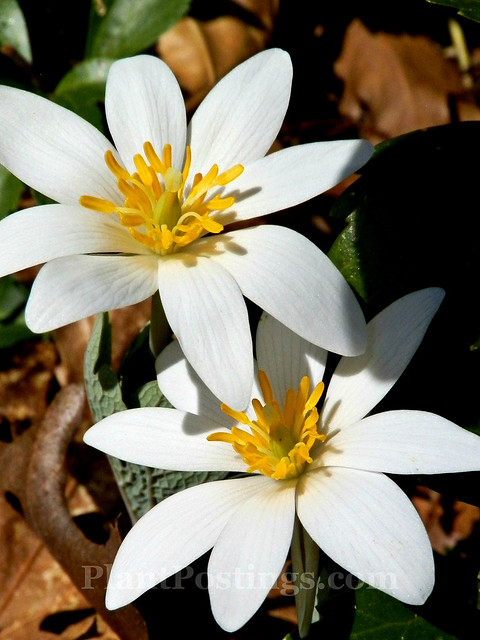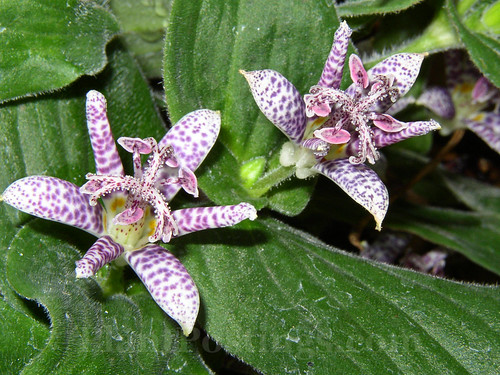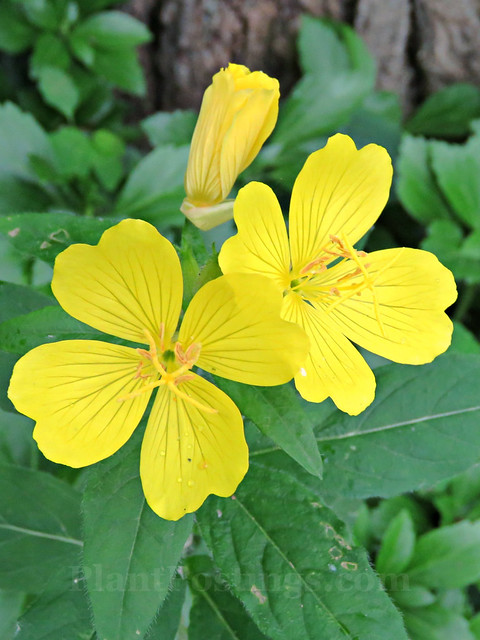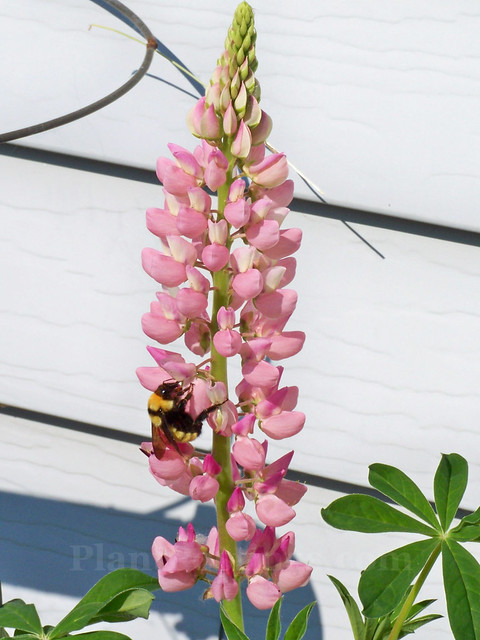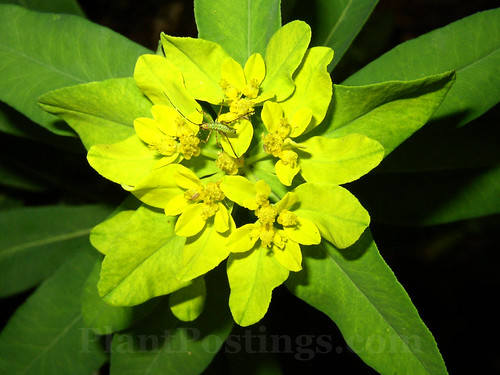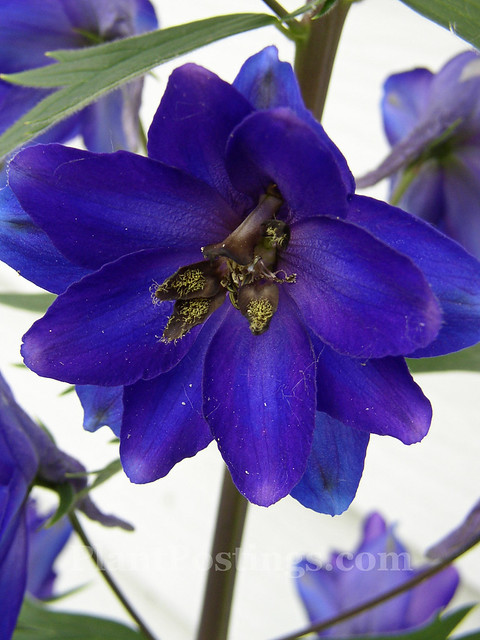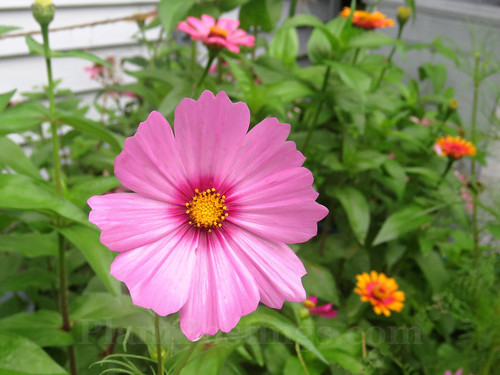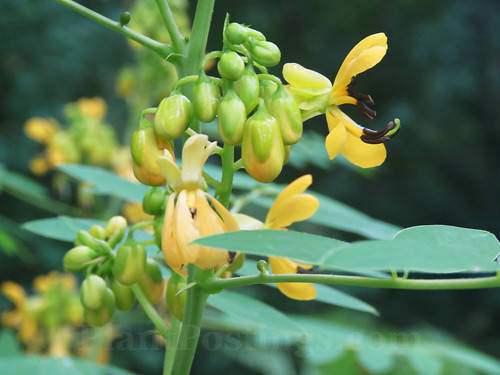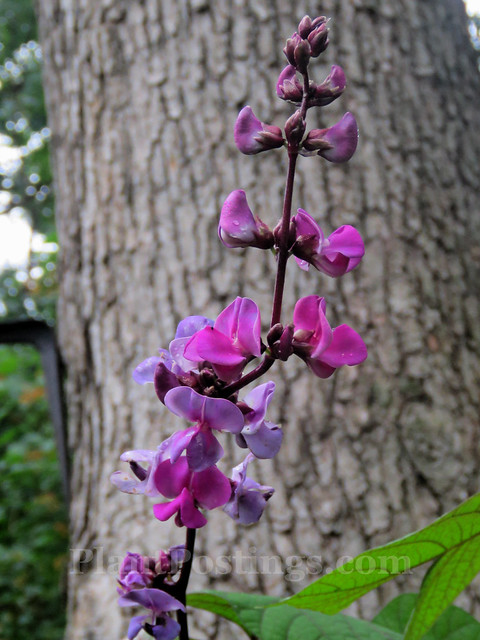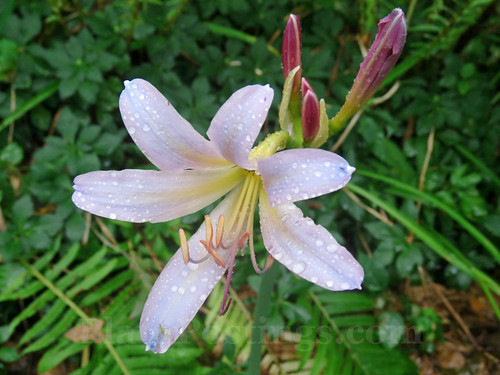
Do you have a rough (or maybe quite organized) plan for your garden? From the start of our time at this property, I've aimed for an informal three-section plan for this garden:
- Near/around the house: annuals, perennials, potted plants, and vegetables;
- Middle section: cultivated perennials, both native and non-native; and
- Back woodland: native trees and plants.
Most of the perennials in the middle and back sections were here when we moved in. Over time, I've tried to incorporate more native plants in all three sections. And while it's nowhere near a devoted native plant garden, it has moved in that direction. In recent years, I've rarely added non-native perennials, with the exception of Alliums (because the rabbits won't eat them) and a few other plants that don't spread much, including Hellebores, a few foundation plants, and some potted plants.
In addition, I've added a few favorites that are nearly native to my area, including:

Woodland Pinkroot (Spigelia marilandica), which is native starting just south of here, from Illinois south to Texas and Florida. It's hardy in USDA zones 5-9. A colorful shade plant (which is rare), it offers midsummer dramatic blooms, and it forms a pleasant ground cover. I cage these plants in a few locations, because the rabbits sometimes eat them.

Climbing Prairie Rose (Rosa setigera) has a similar range. While it's native in the state, its original range started just south of my area, extending further east and northeast, as well as south. It's hardy in USDA zones 5-8. This one is an old-fashioned beauty that climbs up and down the arbor. Though the scent is subtle, it's pleasant, and the blooms last for several weeks in midsummer.

Purple Passionflower (Passiflora incarnata) also is native from Illinois south through Florida, and areas east and slightly west. It's hardy in USDA zones 5-9. I could study its incredibly unique blooms for hours. I didn't even realize I could overwinter it here until a few years ago. I keep one potted in the sunroom all winter and outdoors on the front porch in the summer. The other plants--which are outdoors all winter--go dormant, then in spring and summer they spread out along a trellis on the western, sunny side of the house.

Purple Coneflower (Echinacea purpurea), which I've had in my garden from the beginning, is native in most states surrounding Wisconsin, but not technically native here. Other species of Echinacea are more commonly native in Wisconsin. This one is hardy in USDA zones 3-8. It's definitely a standard garden beauty, a great cut flower, and a favorite of the pollinators.

Finally, Blue Mistflower (Conoclinium coelestinum) is native to states nearly surrounding Wisconsin, and even up into some Canadian provinces north of us. It's hardy in USDA zones 5-10. I have a complicated relationship with this plant. It's a unique, beautiful shade of lilac/pink, and it blooms in late summer/early fall. The blooms are gorgeous and they're wonderful cut flowers. What's interesting is that the rabbits eat Blue Mistflower when it's not protected, but where they can't reach it in a protected area it tends to take over the garden. Apparently, there's no halfway with this plant, in my garden anyway. (But I still love it.)
I'm so pleased that these beauties grace my garden. They're lovely, most are great cut flowers, and they feed the pollinators. And I'm so happy that they have a place here.
*Note: All native ranges are sourced from the Biota of North America Program (BONAP); all hardiness zones are from the Missouri Botanical Garden; they may vary with other sources.
































